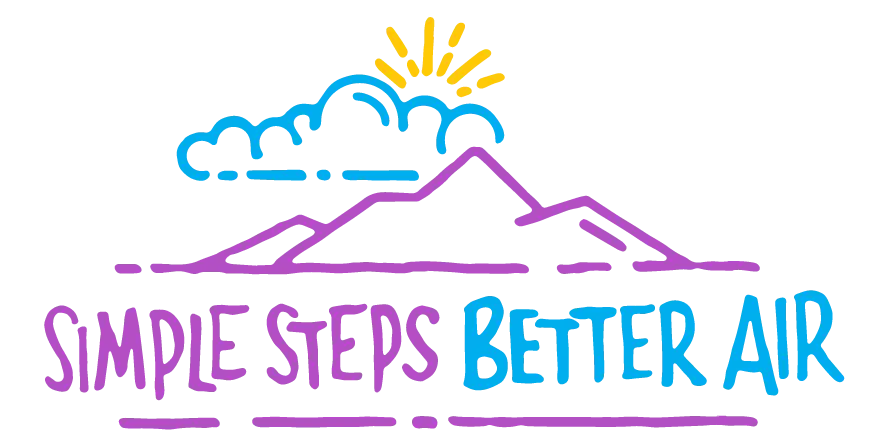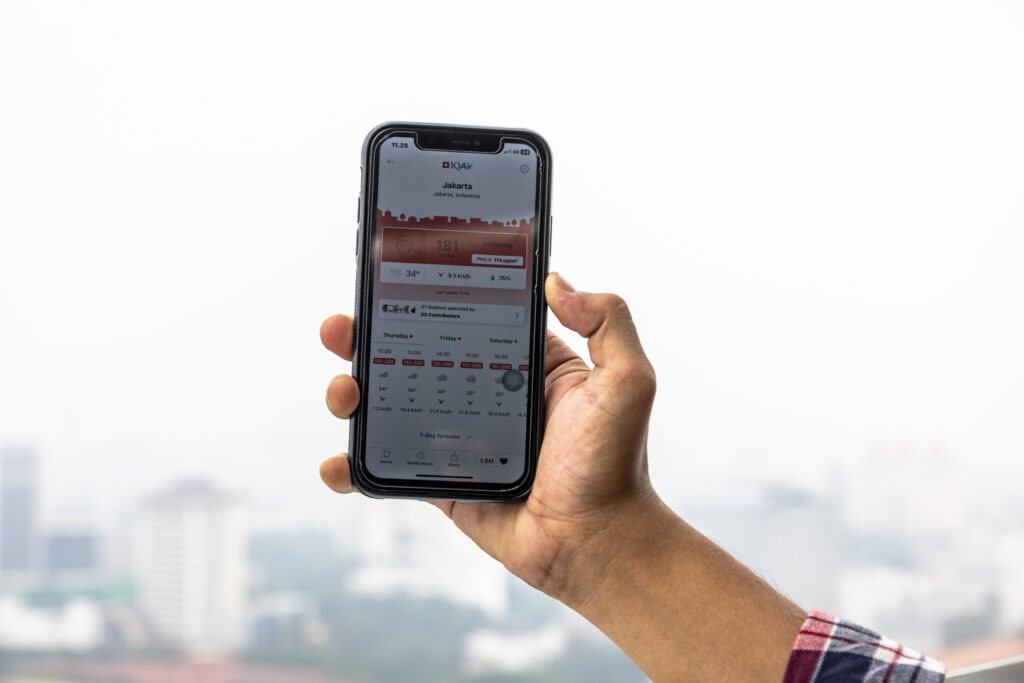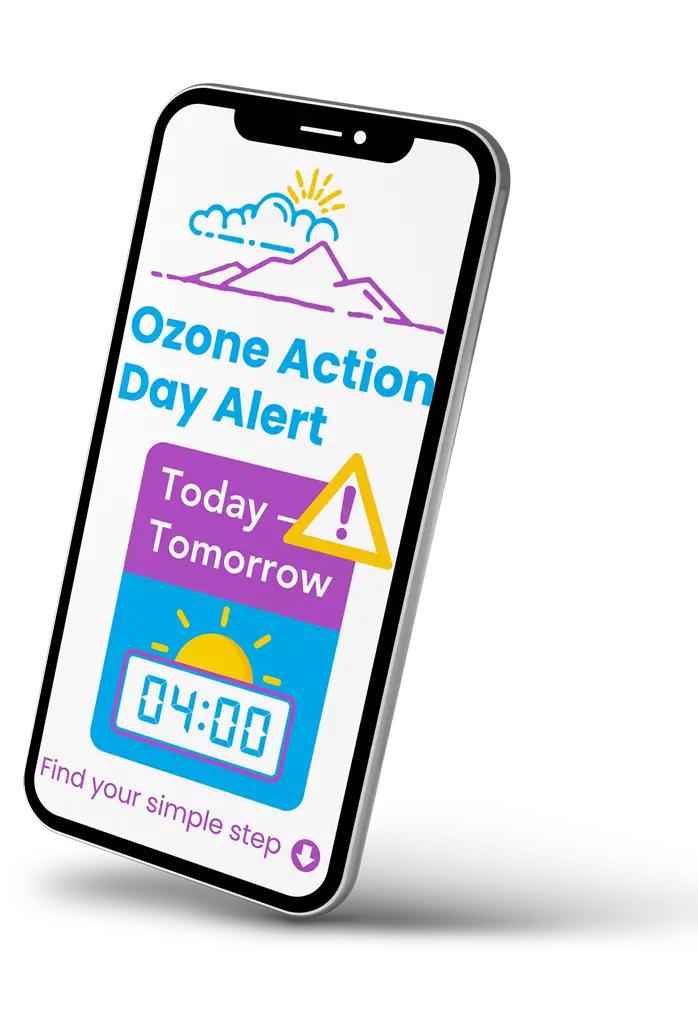Founded by the Global Initiative for Asthma (GINA) in 1998, the first Tuesday of May is recognized as World Asthma Day. This year it falls on May 6, 2025.
Globally, asthma affects over 260 million people and causes more than 450,000 deaths each year – most of which are preventable. It is the most common non-communicable (not contagious) chronic disease in children and adolescents, affecting about 15% of children worldwide, according to the Global Initiative for Chronic Obstructive Lung Disease. And even in high income countries, high costs can mean that many people with asthma have limited access to essential inhaled medicines, resulting in poorly controlled asthma and preventable asthma deaths, according to the Global Initiative for Asthma (GINA).
Asthma triggers are things that can cause asthma symptoms, an episode or attack, or make asthma worse. They can include dust, pets, pollen, mold, and secondhand smoke. In Colorado, triggers may also include dry air, wildfire smoke, our higher altitude, and air pollution, such as higher levels of summertime ground-level ozone.
Children are at greatest risk from exposure to ozone because their lungs are still developing and they are more likely to be active outdoors when ozone levels are high. Children are also more likely than adults to have asthma. Days with higher ground-level ozone levels are also associated with increased emergency room visits for children.
If you live in the Colorado Front Range, and you or a loved one have asthma, it is important to be aware how this region’s unique environment and outdoor air pollution may trigger asthma symptoms and affect one’s health – especially in the summer months.
Here are some simple steps to stay aware of air pollution and protect your health:
- Sign up for text or email summer ozone alerts from Simple Steps. Better Air. to know about one day in advance when ground-level ozone is likely to be higher, and could affect asthma symptoms.
- Sign up for email air quality alerts from the Colorado Department of Public Health and Environment (CDPHE), for ozone, smoke, or dust alerts.
- Check the Air Quality Index (AQI) or other air quality data maps such as Love My Air Denver’s network and EPA’s AirNow to know when to exercise and when to take it a little easier.
- Schedule outdoor activities at times when the air quality is better. In the summer, this is often in the morning hours, before noon – when ozone levels are lower, compared to later in the day.
- Stay inside with the windows closed on days when air pollutants are high, and run air conditioning to stay cool if needed.
- Use a portable air cleaner or high-efficiency furnace or heating, ventilation, and air conditioning (HVAC) system to reduce the level of fine particles from the air inside your home.
More Simple Steps. Better Air. resources.
This article is not medical advice. Please talk to your doctor about specific medical concerns.

Kelsey Simpkins
Communications and Programs Manager
Regional Air Quality Council




